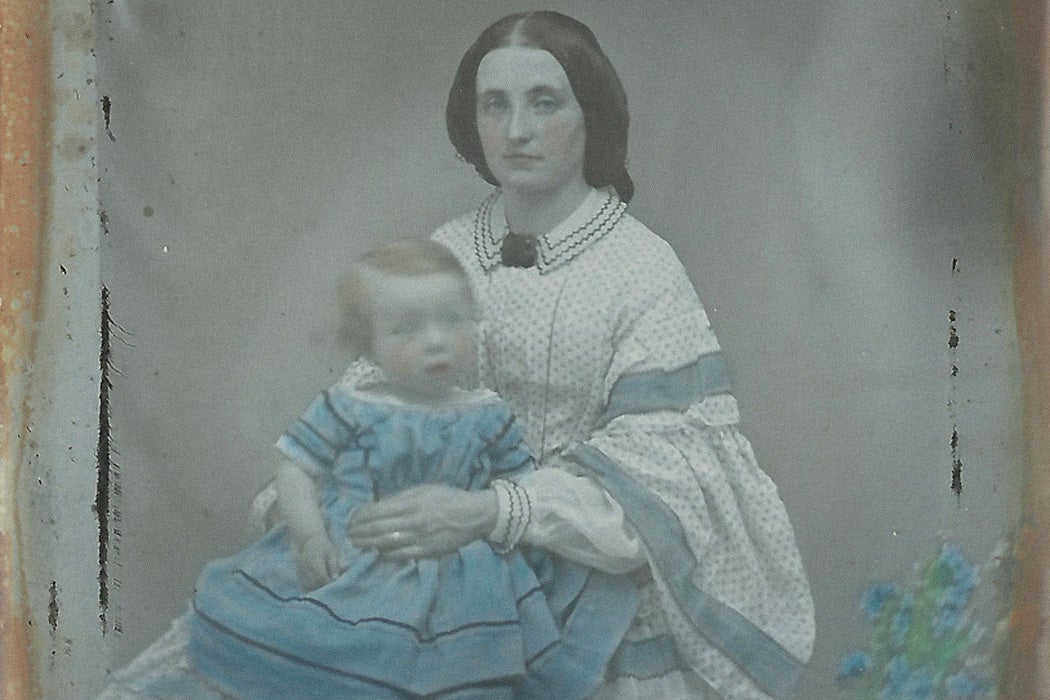There may be no crime that horrifies the public more than child abduction. Historian Elizabeth Foyster writes that this was also true in London 200 years ago, though the crime then typically took a much different form than we expect today.
Historians generally agree that the late eighteenth century brought a major change in what English childhood meant. This included more positive attitudes toward kids, and a new wealth of books, toys, and clothes for middle-class urban children. Children were increasingly prized “for giving women a role as mothers,” and as “miniature models of all that a more affluent consumer society could afford,” Foyster writes.
If children were becoming more valuable, it stands to reason that, like all valuable things, they were in danger of being stolen. And, indeed, Foyster found 108 cases of child abduction tried in London and reported in the newspapers between 1790 and 1849.
Child abduction was nothing new, but it was understood differently than in previous times. In fourteenth-century England, “ravishment” covered both forced and consensual “abduction” of children or adult women. It typically had a sexual element, and the child victims were generally teenagers. Later, in the seventeenth century, abduction was understood as a fate befalling unfortunate boys forced into indentured servitude.
In contrast, in the period Foyster studied, the majority of stolen children were under six, and the abductor was usually a woman in her 20s or 30s. In some cases, kids were stolen for their clothes. Abductors might bring fancy children’s clothes to a pawnbroker, leaving a half-naked child outside. Other times, women reportedly stole children to gain sympathy when begging for money or seeking a job.
There were also well-off married women who stole—or paid someone else to steal—children they could present as their own. One 22-year-old wrote to her husband, serving in the Navy, about an invented pregnancy and childbirth. When she learned he was returning home, she travelled to London, snatched a four-year-old boy, and cared for him for two months before she was caught.
Foyster writes that news accounts paid little attention to possible harm done to the children. Unlike today, child abduction wasn’t generally assumed to be motivated by deviant sexual desire. Instead, newspapers focused on the terror and despair of mothers whose children were stolen, and suggested a parallel lack of feeling in the abductors.
Weekly Newsletter
A judge told one convicted child thief that, as a childless woman, she was “Ignorant of those heavenly feelings which subsist in the relation between parent and child; for had you been a mother, you must have respected and regarded, instead of agonizing a mother’s heart.” Still, Foyster writes, news reports also acknowledged that child-stealers might be motivated by a twisted “fondness” for children—reflecting their own stunted development.
Child-thieves clearly had no place in the growing public conception of natural motherly love. Yet the new understanding of children as valuable objects who gave meaning to women’s lives may have spurred the increase of child abduction.







